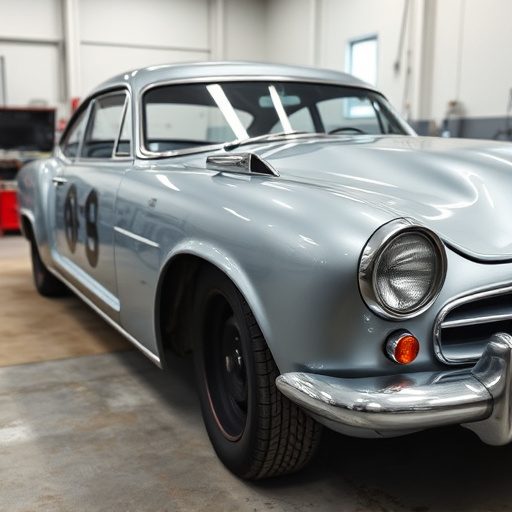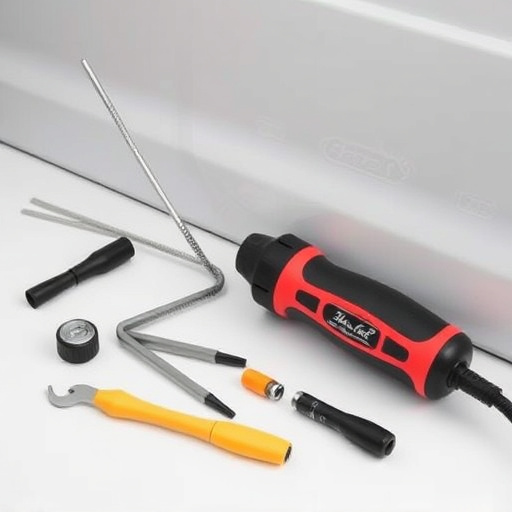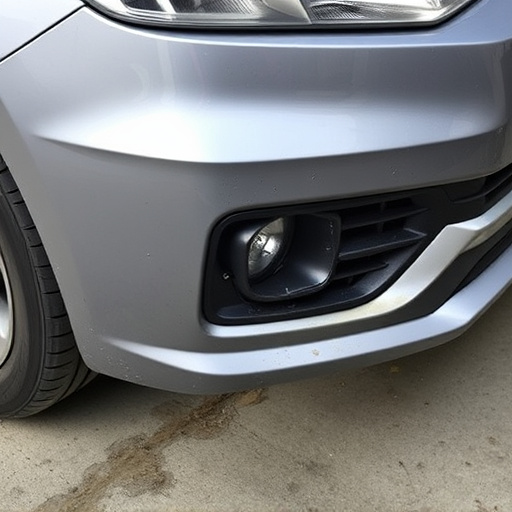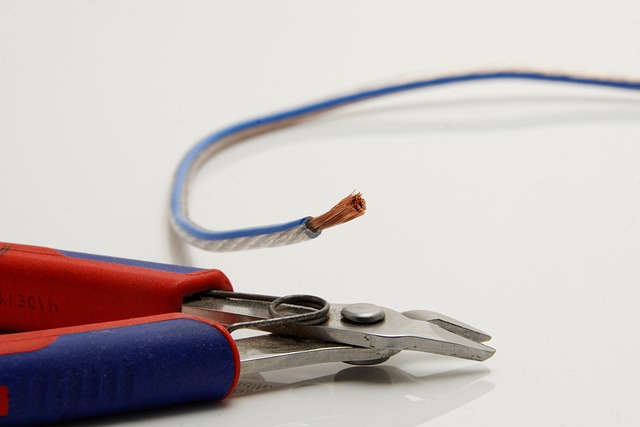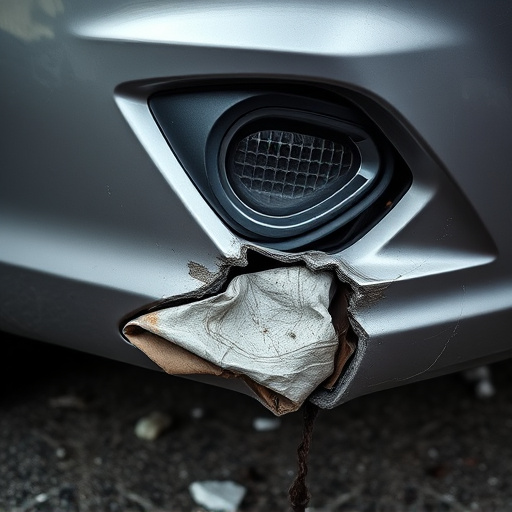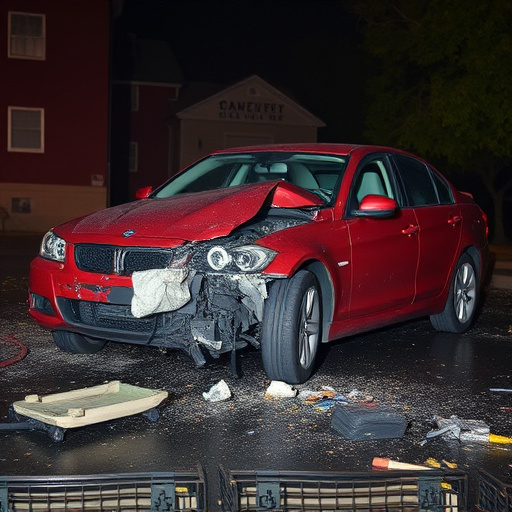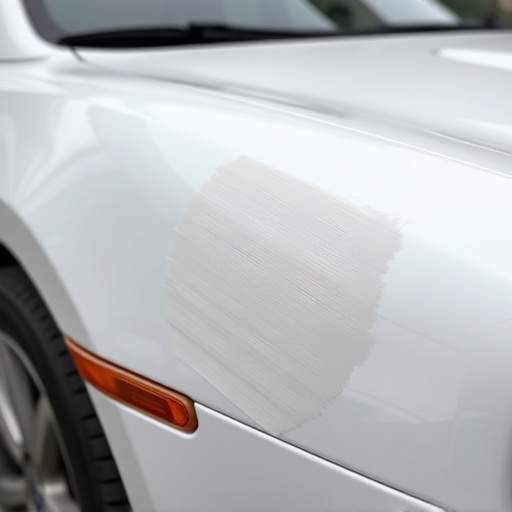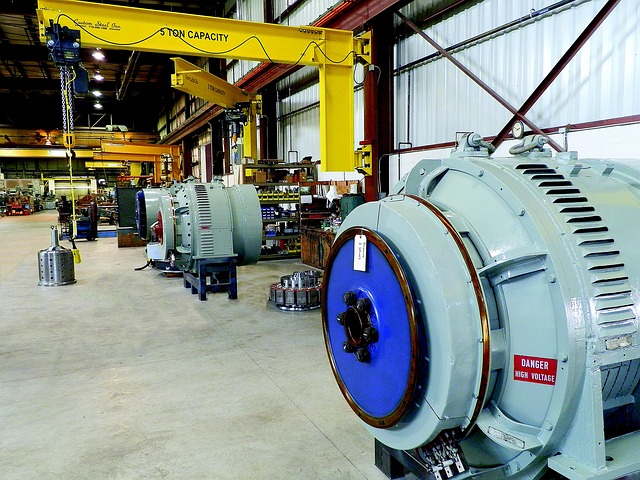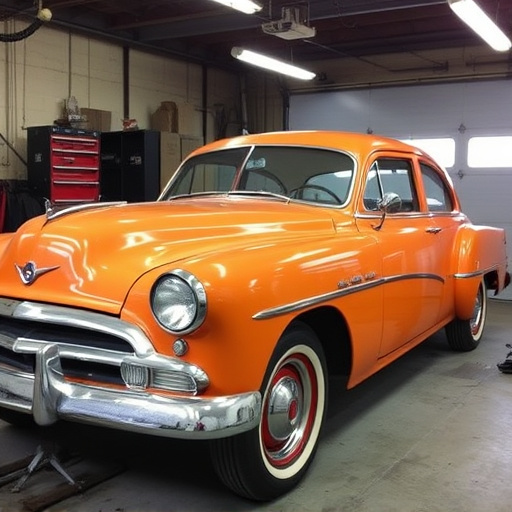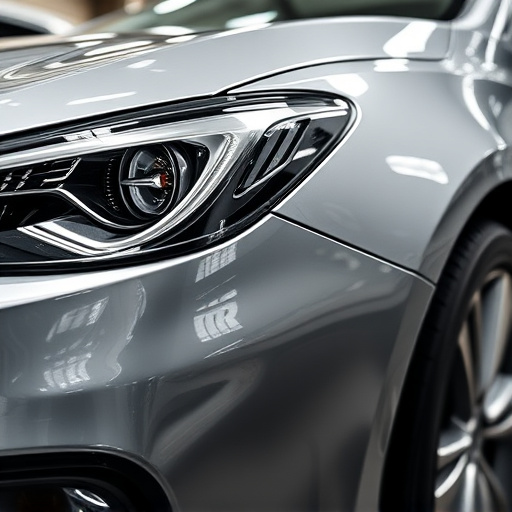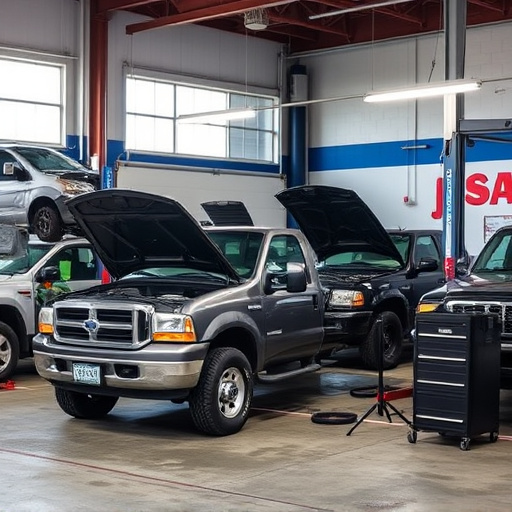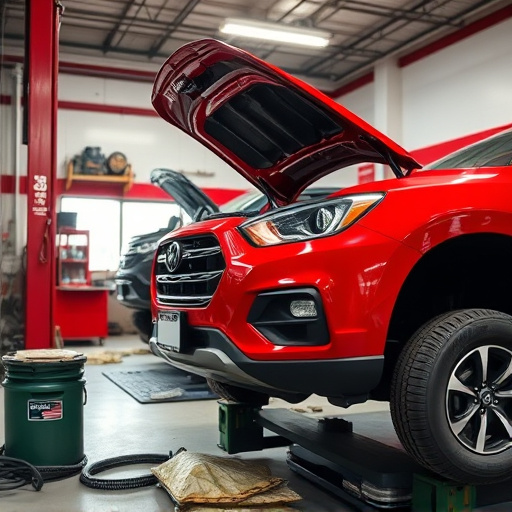Before repairing a flood-damaged vehicle, conduct a comprehensive assessment for water intrusion and resulting damage, including rust, mold, and interior stains, which may require specialized services like paintless dent repair. Address moisture issues promptly to prevent long-term damage by using drying equipment to expedite the process. Choose a reputable mechanic with specialized knowledge and resources for high-quality restoration, utilizing advanced equipment and techniques to thoroughly dry and clean affected areas.
After a flood, your vehicle may look like it’s beyond repair, but many parts can be salvaged. To avoid future problems, meticulous assessment is crucial before diving into any repair process. First, assess the extent of the damage caused by the flood waters. Next, ensure thorough drying to prevent mold and rust. Finally, trust only reputable mechanics specializing in flood damaged vehicle repair for quality restoration, using state-of-the-art equipment and parts.
- Assess Flood Damage: Understand Before Repairing
- Dry Out Your Vehicle Thoroughly After Flooding
- Choose Reputable Mechanics for Quality Restoration
Assess Flood Damage: Understand Before Repairing

Before diving into the repair process, it’s crucial to assess the extent of flood damage. This involves a thorough inspection of your vehicle’s exterior and interior to understand the full scope of the issue. Look for signs of water intrusion, rust, or mold growth—these are indicators that require special attention during the repair stage.
Understanding the specific areas affected will help you make informed decisions when choosing a car body shop. For instance, if there are extensive water stains on the interior, it might be wise to consider specialized services like paintless dent repair for exterior dents and scratches, ensuring your vehicle not only looks good as new but is also structurally sound after the flood damage.
Dry Out Your Vehicle Thoroughly After Flooding
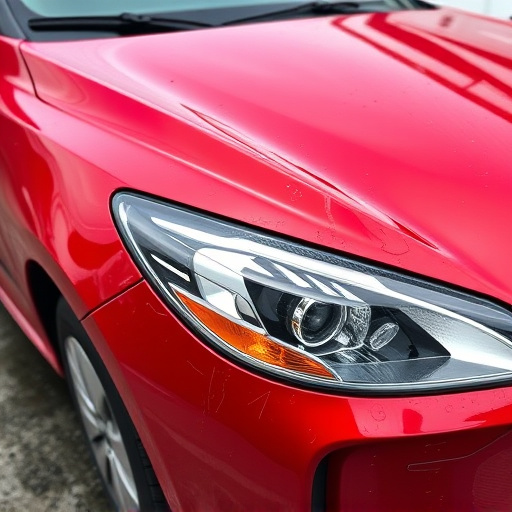
After a flood, it’s crucial to address moisture issues promptly to prevent long-term damage to your vehicle during flood damaged vehicle repair. Water can cause extensive harm beyond what’s visible initially, seeping into interiors, electrical systems, and even structural components. Thorough drying is essential before beginning any repair process, including car collision repair or car restoration. Use fans, dehumidifiers, and extractors to expedite the drying process, ensuring every nook and cranny is free from water residue. This step is vital whether you plan on selling your vehicle as a flood-damaged car or investing in meticulous car scratch repair to restore its pre-flood condition.
Choose Reputable Mechanics for Quality Restoration
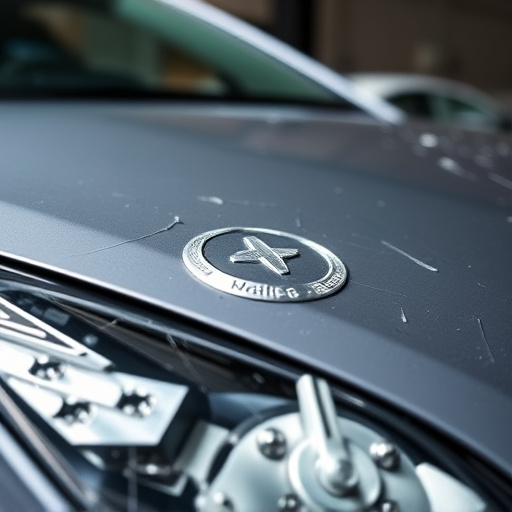
When dealing with flood-damaged vehicle restoration, selecting reputable mechanics is paramount to ensuring quality repairs. Reputable workshops will have the necessary expertise and resources to handle complex flood damage cases effectively. They employ trained professionals who understand the intricacies of car scratch repair, collision repair, and car body repair, especially in situations where vehicles have been submerged in water.
These experts use advanced equipment and techniques to thoroughly dry and clean affected components, preventing further deterioration. By choosing a trusted mechanic, you increase the chances of restoring your vehicle to its pre-flood condition, minimising future problems that could arise from subpar repairs.
When dealing with a flood-damaged vehicle, proper assessment and subsequent repairs are crucial to avoid future issues. Always dry out your car thoroughly before attempting any restoration work. Additionally, selecting reputable mechanics specializing in flood damaged vehicle repair ensures high-quality outcomes and prevents further complications. Remember, taking the right steps after flooding can safeguard your investment and ensure a safer driving experience moving forward.
